Home>Home Appliances>Home Automation Appliances>How To Read A Thermostat
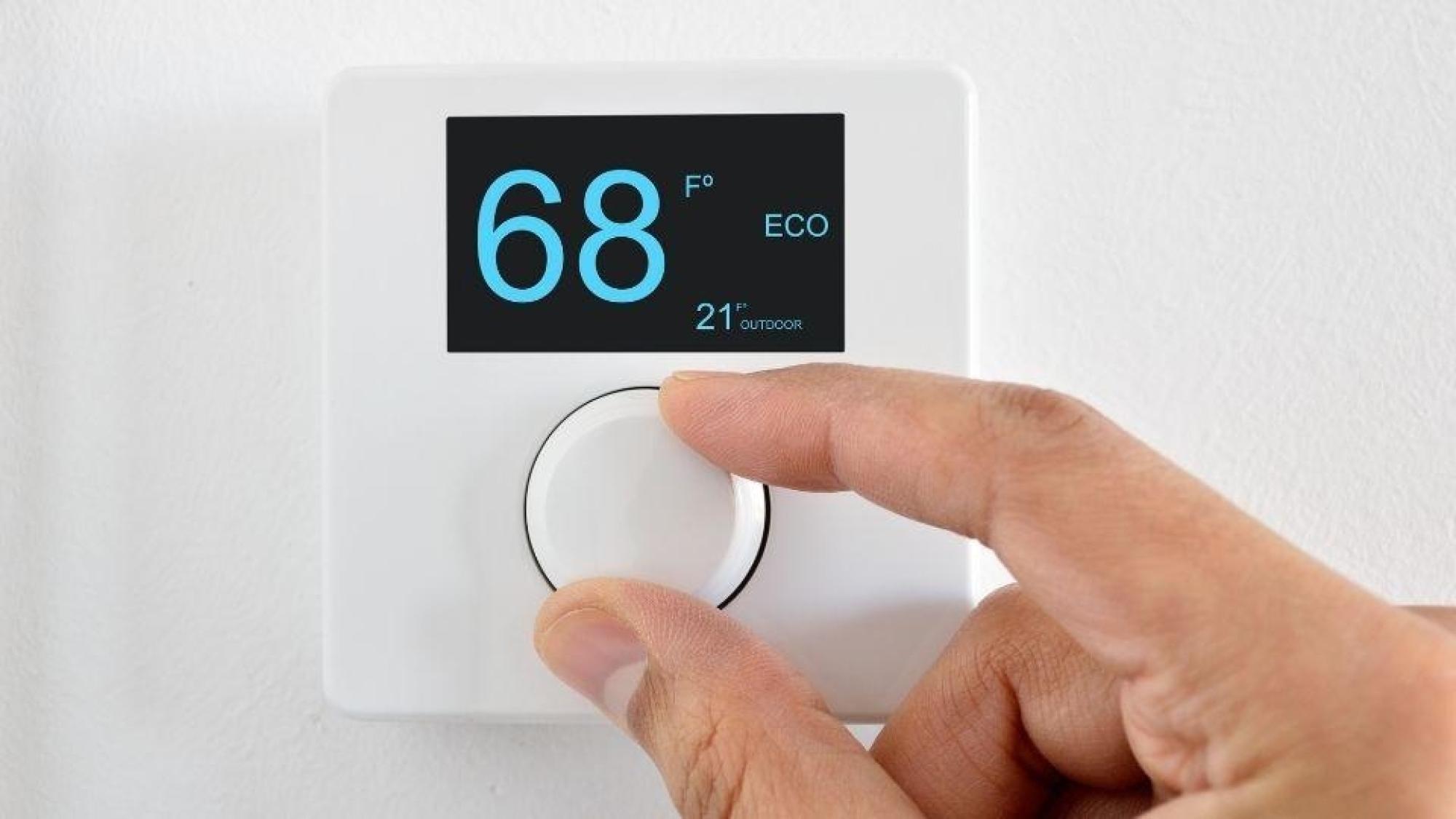

Home Automation Appliances
How To Read A Thermostat
Modified: January 4, 2024
Learn how to read a thermostat and control your home automation appliances efficiently. Understand the settings and optimize your energy usage. Unlock the potential of your smart home.
(Many of the links in this article redirect to a specific reviewed product. Your purchase of these products through affiliate links helps to generate commission for Storables.com, at no extra cost. Learn more)
Introduction
Welcome to the world of home automation, where comfort and convenience converge. One of the fundamental components of this realm is the thermostat, a device that holds the key to maintaining the perfect temperature in your living space. Whether you're a homeowner, a renter, or simply a curious individual, understanding how to read a thermostat is a valuable skill that empowers you to create a comfortable environment while optimizing energy efficiency.
In this comprehensive guide, we will delve into the intricacies of thermostats, exploring the different types available, deciphering their displays, and learning how to make temperature adjustments. Additionally, we will address common issues that may arise and provide troubleshooting tips to ensure your thermostat operates seamlessly.
So, whether you're embarking on a journey to upgrade your home with smart technology or simply seeking to comprehend the thermostat that has been faithfully regulating your indoor climate, this guide is designed to equip you with the knowledge and confidence to navigate the world of thermostats with ease. Let's embark on this enlightening exploration of thermostat literacy and unravel the mysteries behind these essential devices.
Key Takeaways:
- Thermostats come in different types, from traditional mechanical to advanced smart devices, offering various features to suit your preferences and lifestyle, allowing you to create a comfortable indoor environment tailored to your needs.
- Understanding how to troubleshoot common thermostat issues empowers you to maintain a reliable and efficient thermostat, ensuring consistent comfort and energy efficiency in your home or workplace.
Read more: How To Read A Protractor
Understanding the Basics of a Thermostat
At its core, a thermostat is a device that regulates the temperature of a system so that it remains at a desired setpoint. In the context of home automation, thermostats are commonly used to control heating, ventilation, and air conditioning (HVAC) systems. Understanding the basic components and functions of a thermostat is crucial for effectively managing indoor comfort and energy consumption.
Thermostats consist of several key elements, including temperature sensors, a user interface, and internal circuitry. The temperature sensors detect the current temperature of the environment, while the user interface allows individuals to interact with the thermostat, making adjustments as needed. The internal circuitry processes the input from the sensors and user commands, triggering the HVAC system to heat or cool the space until the desired temperature is reached.
Modern thermostats often feature programmable settings, allowing users to schedule temperature adjustments based on their daily routines. This capability not only enhances comfort but also contributes to energy savings by reducing the workload on the HVAC system when the space is unoccupied or when occupants are asleep.
Furthermore, advancements in technology have led to the development of smart thermostats, which offer additional features such as remote control via smartphone apps, integration with voice assistants, and the ability to learn user preferences over time. These smart devices provide a higher level of customization and automation, empowering users to optimize their indoor climate with unprecedented convenience.
By grasping the fundamental functions and capabilities of a thermostat, individuals can harness its potential to create a living environment that aligns with their comfort preferences while promoting energy efficiency. With this foundational knowledge in place, we can now explore the diverse types of thermostats available and the unique characteristics that set them apart.
Different Types of Thermostats
Thermostats come in various types, each offering distinct features and functionalities to cater to different preferences and requirements. Understanding the differences between these types is essential for selecting the most suitable thermostat for your home or commercial space.
1. Mechanical Thermostats: These traditional thermostats rely on mechanical components, such as bimetallic coils, to sense temperature changes and activate the heating or cooling system. They are simple in design and operation, featuring a manual dial or lever for adjusting the temperature setting. While mechanical thermostats are cost-effective, they lack the advanced features found in digital and smart thermostats.
2. Digital Thermostats: Digital thermostats utilize electronic components and an LCD or LED display to present temperature readings and enable precise adjustments. They offer programmable settings, allowing users to create schedules for temperature changes throughout the day. Some digital thermostats also provide energy usage reports, empowering users to monitor and optimize their HVAC system’s performance.
3. Smart Thermostats: Smart thermostats represent the pinnacle of thermostat technology, integrating advanced features such as Wi-Fi connectivity, learning algorithms, and compatibility with smart home ecosystems. These devices can be controlled remotely via smartphone apps, enabling users to adjust the temperature from anywhere. Additionally, smart thermostats can learn user preferences and automatically adjust settings to maximize comfort and energy efficiency.
4. Touchscreen Thermostats: Touchscreen thermostats combine the benefits of digital displays with intuitive touch-based controls, offering a modern and user-friendly interface for adjusting temperature settings. They often feature sleek designs and customizable display options, enhancing the visual appeal of the thermostat while providing a seamless user experience.
5. Programmable Thermostats: Programmable thermostats, available in digital and smart variants, allow users to create customized schedules for temperature adjustments based on their daily routines. This capability enables consistent comfort while reducing energy consumption during periods of lower occupancy or when occupants are asleep.
By familiarizing yourself with the various types of thermostats, you can make an informed decision when selecting a thermostat that aligns with your preferences, lifestyle, and technological preferences. With this knowledge in hand, let’s proceed to unravel the intricacies of interpreting the display on your chosen thermostat.
Interpreting the Display
The display of a thermostat serves as the primary interface through which users can access vital information and make adjustments to the temperature settings. Understanding how to interpret the display is essential for effectively managing the indoor climate and utilizing the features offered by the thermostat.
1. Temperature Readout: The display typically presents the current temperature in the environment, allowing users to gauge the existing conditions at a glance. This real-time feedback enables individuals to assess whether the space is at the desired temperature or if adjustments are necessary.
2. Setpoint Adjustment: The setpoint refers to the target temperature that the thermostat aims to achieve. On the display, users can adjust the setpoint to their preferred temperature, initiating the heating or cooling system to maintain the designated level of comfort. This feature empowers individuals to tailor the indoor climate according to their specific needs.
3. Mode Selection: Many thermostats offer different operating modes, such as heating, cooling, and fan-only modes. The display indicates the current mode in effect, providing visibility into the HVAC system’s operational status. Users can switch between modes as needed, ensuring that the system operates in alignment with the seasonal demands and comfort requirements.
4. Programmable Schedule: For digital and smart thermostats with programmable capabilities, the display allows users to access and modify the schedule for temperature adjustments throughout the day. This feature is instrumental in optimizing energy usage and maintaining comfort during varying occupancy patterns.
5. Error Messages and Alerts: In the event of system malfunctions or issues with temperature regulation, the display may present error messages or alerts to notify users of the problem. Understanding these messages is crucial for troubleshooting and seeking appropriate solutions to restore the thermostat’s functionality.
6. Additional Features: Depending on the thermostat type, the display may showcase additional features such as energy usage reports, weather forecasts, and integration with smart home devices. These supplementary elements enhance the user experience and provide valuable insights into energy consumption and environmental conditions.
By familiarizing yourself with the information presented on the display, you can effectively interact with the thermostat, ensuring that it operates in accordance with your comfort preferences and energy-saving goals. Now that we’ve gained insight into interpreting the display, let’s explore the process of adjusting the temperature settings to create an optimal indoor environment.
When reading a thermostat, pay attention to the current temperature displayed and the set temperature. The difference between the two will tell you if the heating or cooling system is running.
Adjusting the Temperature
Managing the temperature settings on a thermostat is a fundamental aspect of maintaining a comfortable indoor environment. Whether you’re aiming to combat the sweltering heat of summer or ward off the chill of winter, understanding how to adjust the temperature effectively is essential for creating an oasis of comfort within your living space.
1. Manual Temperature Adjustment: For thermostats with manual controls, users can directly adjust the temperature setting using a dial, lever, or buttons on the device. This straightforward process allows for immediate changes to the setpoint, enabling individuals to fine-tune the indoor climate to their liking.
2. Programmable Schedule: Digital and smart thermostats equipped with programmable capabilities enable users to establish customized schedules for temperature adjustments throughout the day. By accessing the thermostat’s interface, users can set different temperatures for specific time blocks, aligning with their daily routines and occupancy patterns.
3. Remote Control: Smart thermostats offer the convenience of remote control via smartphone apps, allowing users to adjust the temperature from anywhere with an internet connection. This feature is particularly advantageous for individuals who desire flexibility in managing their home’s climate, whether they’re on the go or simply relaxing in another room.
4. Geofencing and Adaptive Learning: Some smart thermostats incorporate geofencing technology, which leverages the user’s smartphone location to automatically adjust the temperature as they arrive or depart from the vicinity of their home. Additionally, advanced smart thermostats utilize adaptive learning algorithms to discern user preferences and autonomously optimize temperature settings for comfort and energy efficiency.
5. Temperature Offsets and Overrides: Certain thermostats offer temperature offset and override functions, allowing users to temporarily adjust the setpoint without altering the programmed schedule. This feature is useful for accommodating unexpected changes in routine or addressing immediate comfort needs without disrupting the established temperature patterns.
By mastering the art of temperature adjustment, you can wield the power to create an environment that suits your comfort preferences while maximizing energy efficiency. With the ability to manually adjust the temperature, establish personalized schedules, and harness advanced features offered by smart thermostats, you are poised to orchestrate a harmonious indoor climate that adapts to your lifestyle and enhances your well-being.
Read more: How To Read A Syringe Plunger
Troubleshooting Common Issues
While thermostats are designed to operate seamlessly, occasional issues may arise that impact their performance. Understanding how to troubleshoot common problems empowers individuals to swiftly address issues and restore their thermostat’s functionality, ensuring consistent comfort and efficient temperature regulation.
1. Incorrect Temperature Readings: If the thermostat displays inaccurate temperature readings, it may lead to discomfort or unnecessary energy consumption. Verify that the temperature sensor is unobstructed and clean, as debris or blockages can impede its accuracy. Additionally, calibrating the thermostat or replacing the sensor, if necessary, can rectify this issue.
2. Unresponsive Controls: When the thermostat’s controls become unresponsive, it may indicate a power supply issue or a malfunction within the device. Check the power source, such as batteries or electrical connections, to ensure proper functionality. If the controls remain unresponsive, resetting the thermostat or seeking professional assistance may be necessary.
3. HVAC System Malfunctions: If the heating, cooling, or fan systems fail to activate in response to the thermostat’s commands, inspect the HVAC system for potential malfunctions. Issues such as clogged filters, faulty components, or wiring problems can impede the system’s operation. Regular maintenance and professional servicing can mitigate these issues and uphold the HVAC system’s performance.
4. Connectivity Problems: Smart thermostats reliant on Wi-Fi or other connectivity features may encounter connectivity issues, leading to limited functionality or intermittent control. Troubleshoot the network connection, ensure the thermostat is within the range of the Wi-Fi signal, and update the device’s firmware to address connectivity challenges.
5. Erratic Behavior: Inconsistent temperature regulation or erratic behavior from the thermostat may stem from programming errors, software glitches, or compatibility issues with the HVAC system. Review the thermostat’s settings, update its software if applicable, and verify compatibility with the HVAC equipment to mitigate erratic behavior.
6. Error Messages and Alerts: If the thermostat displays error messages or alerts, refer to the manufacturer’s documentation to interpret the messages and follow recommended troubleshooting steps. Understanding the significance of these messages is crucial for identifying and resolving underlying issues effectively.
By proactively troubleshooting common thermostat issues, individuals can uphold the reliability and performance of their thermostat, ensuring that it continues to facilitate a comfortable and energy-efficient indoor environment. Additionally, seeking professional assistance from HVAC technicians or contacting the thermostat’s manufacturer for support can provide comprehensive solutions to persistent or complex issues.
Conclusion
Congratulations on embarking on this enlightening journey into the realm of thermostat literacy. By unraveling the intricacies of thermostat functionality, interpreting their displays, and mastering the art of temperature adjustment, you have acquired valuable insights that empower you to optimize your indoor climate with confidence and efficiency.
From traditional mechanical thermostats to cutting-edge smart devices, the diverse types of thermostats offer a spectrum of features and capabilities to cater to your unique preferences and technological inclinations. Whether you prefer the simplicity of manual controls or the advanced automation of smart thermostats, there is a solution tailored to your needs.
As you navigate the landscape of thermostat technology, remember that occasional challenges may arise, but armed with the knowledge of troubleshooting common issues, you can swiftly address any hurdles that impede your thermostat’s performance. By proactively maintaining and troubleshooting your thermostat, you ensure that it continues to serve as a reliable guardian of comfort and energy efficiency in your home or workplace.
Ultimately, the journey into thermostat literacy is not merely about understanding a device; it’s about harnessing the power to create an environment that nurtures your well-being and aligns with your lifestyle. Whether you seek to combat the elements of nature, conserve energy, or embrace the conveniences of modern technology, your newfound knowledge equips you to orchestrate an ideal indoor climate that reflects your vision of comfort and sustainability.
As you apply your understanding of thermostats to enhance your living space, remember that the quest for comfort and efficiency is an ongoing adventure. Embrace the opportunities to explore new technologies, refine your temperature management strategies, and adapt to the evolving landscape of home automation. With each step, you contribute to a more comfortable, sustainable, and harmonious living environment for yourself and those around you.
So, go forth with the confidence of a thermostat literate individual, and may your journey be filled with comfort, efficiency, and the joy of mastering the art of temperature control.
Frequently Asked Questions about How To Read A Thermostat
Was this page helpful?
At Storables.com, we guarantee accurate and reliable information. Our content, validated by Expert Board Contributors, is crafted following stringent Editorial Policies. We're committed to providing you with well-researched, expert-backed insights for all your informational needs.



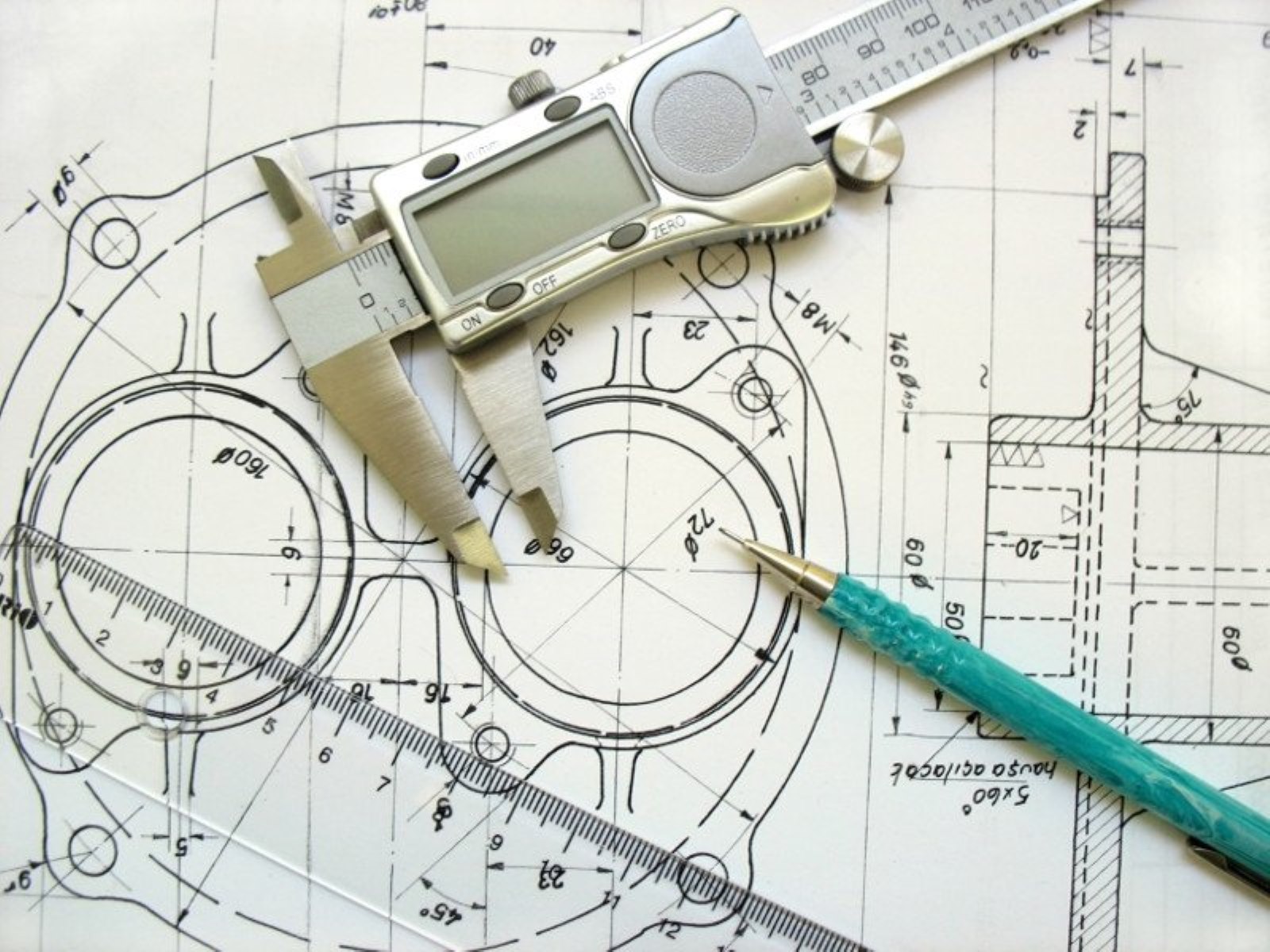


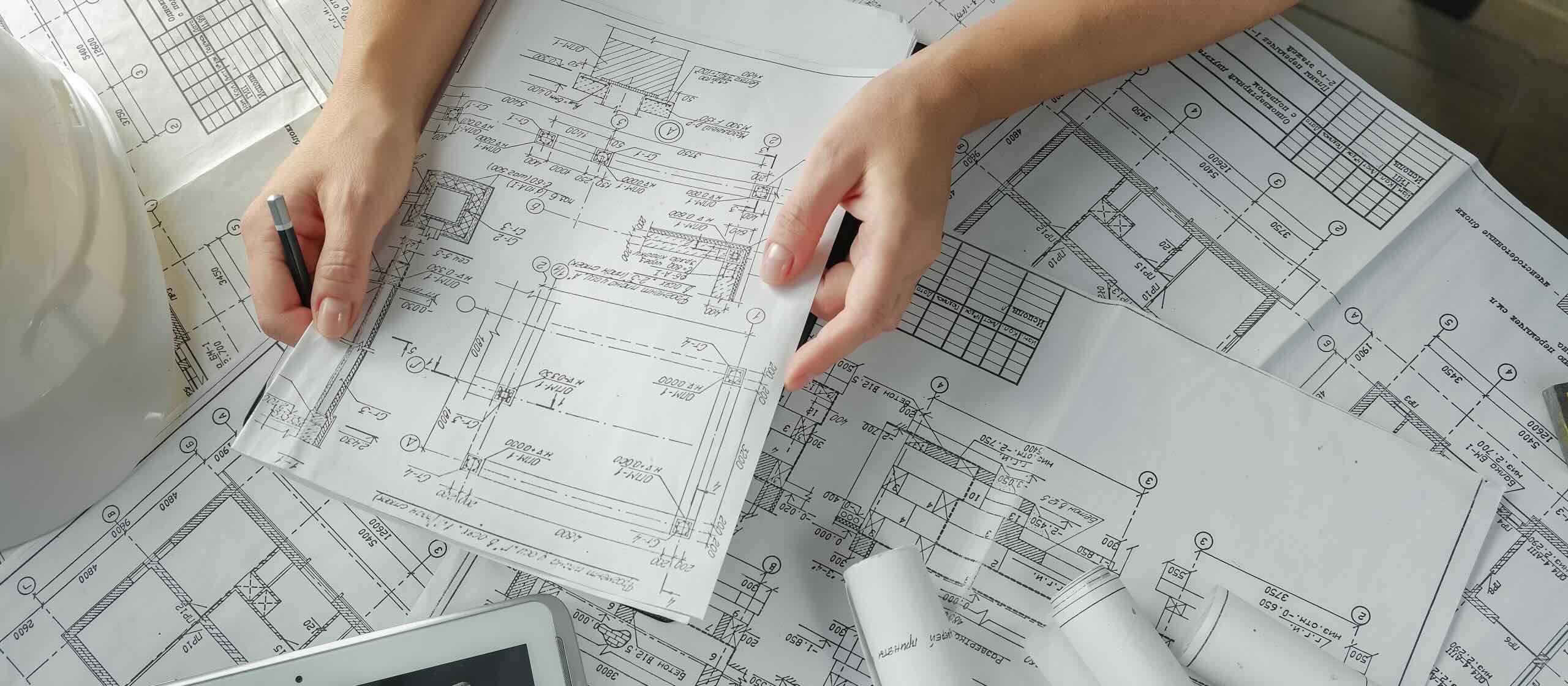
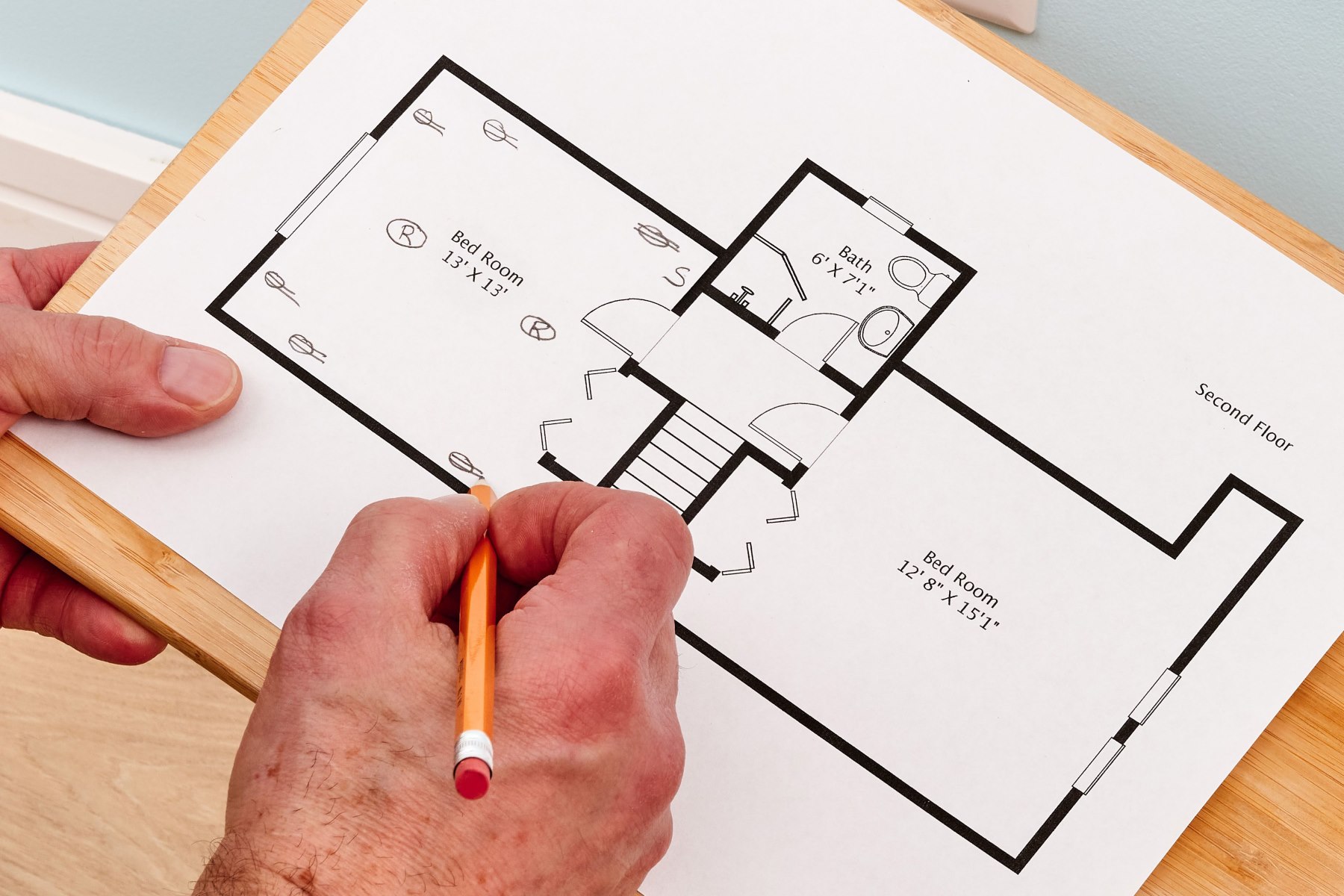
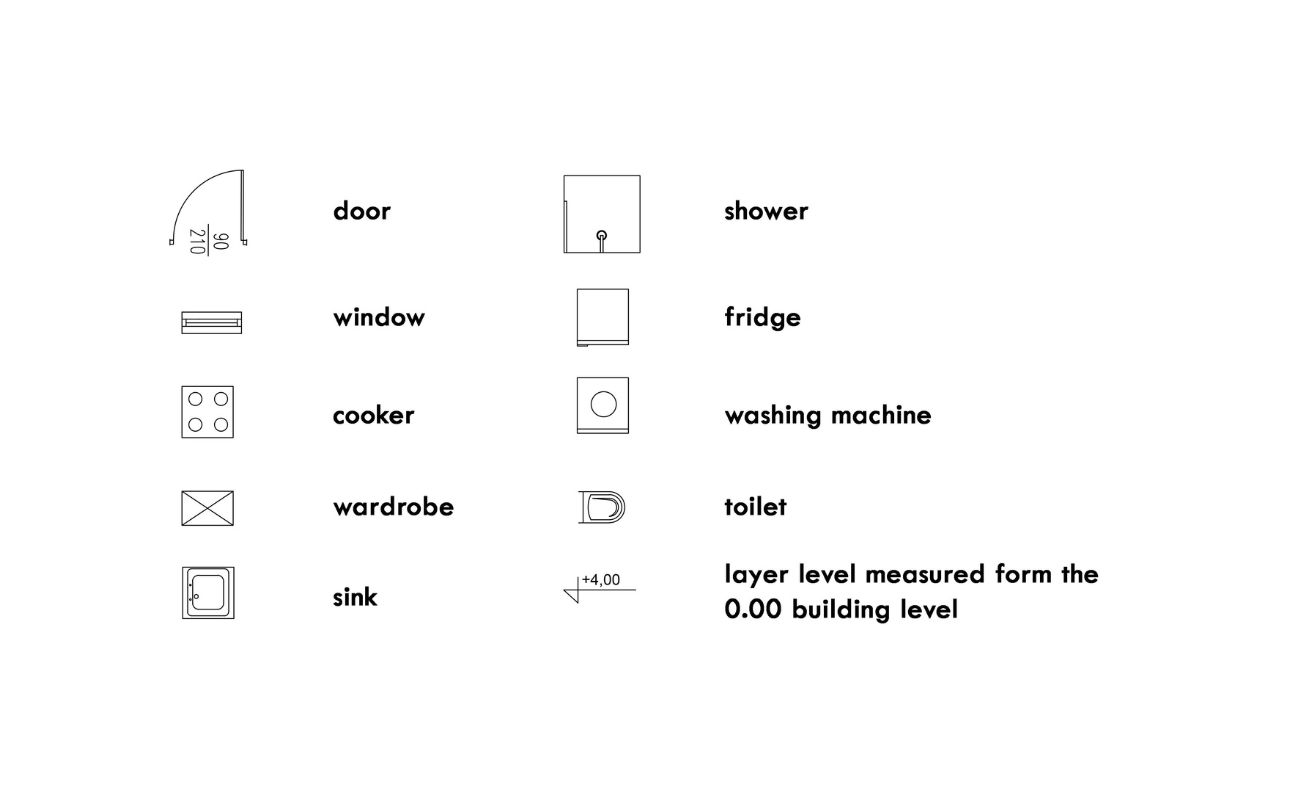
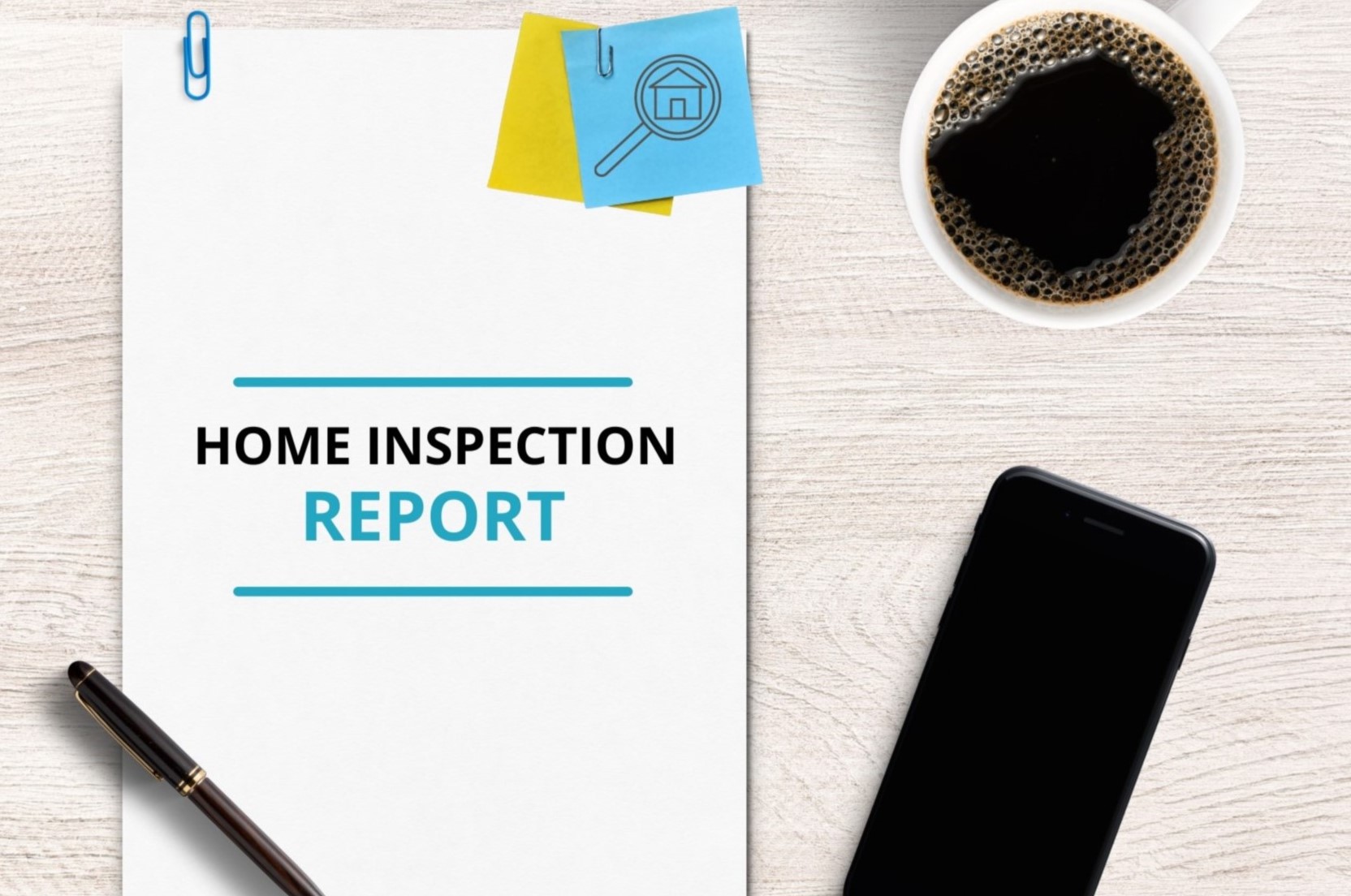


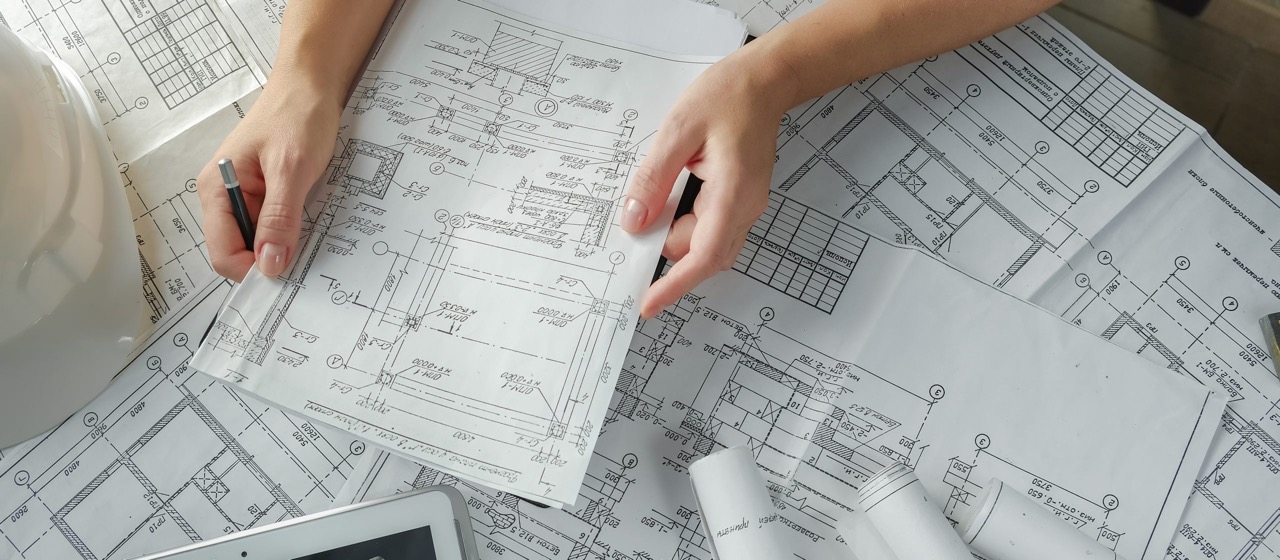


0 thoughts on “How To Read A Thermostat”